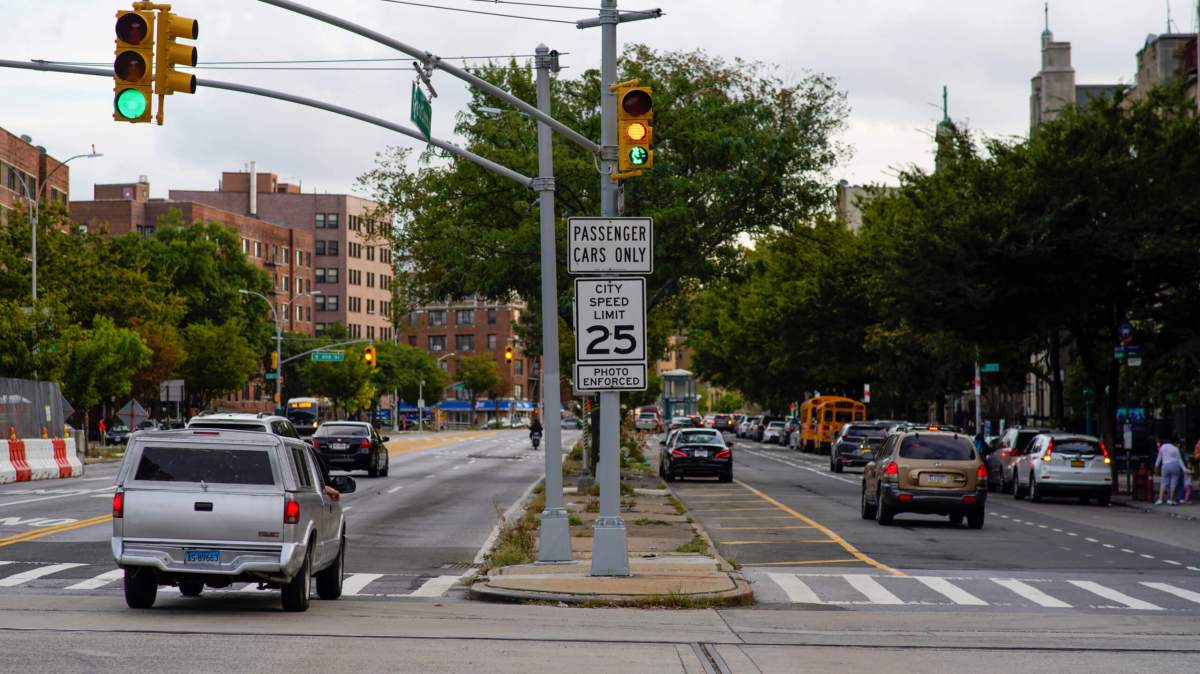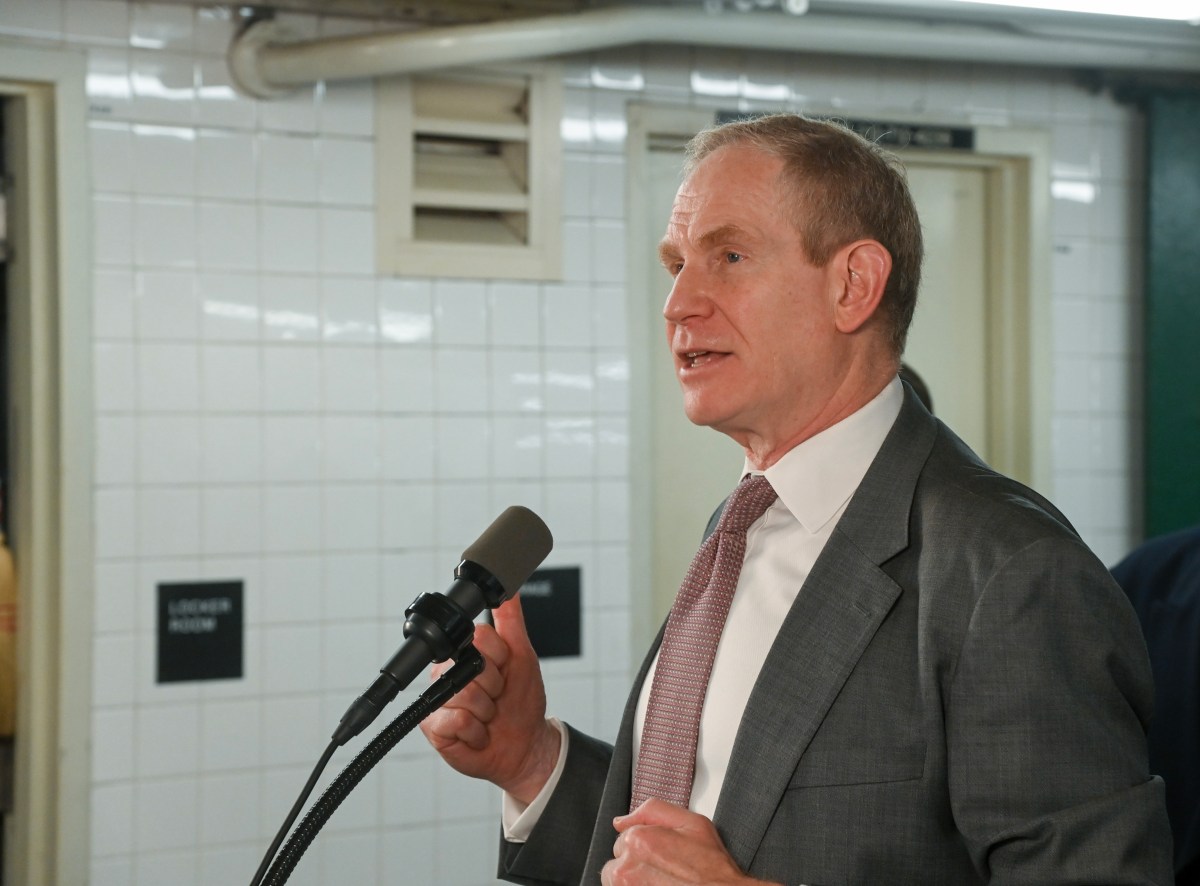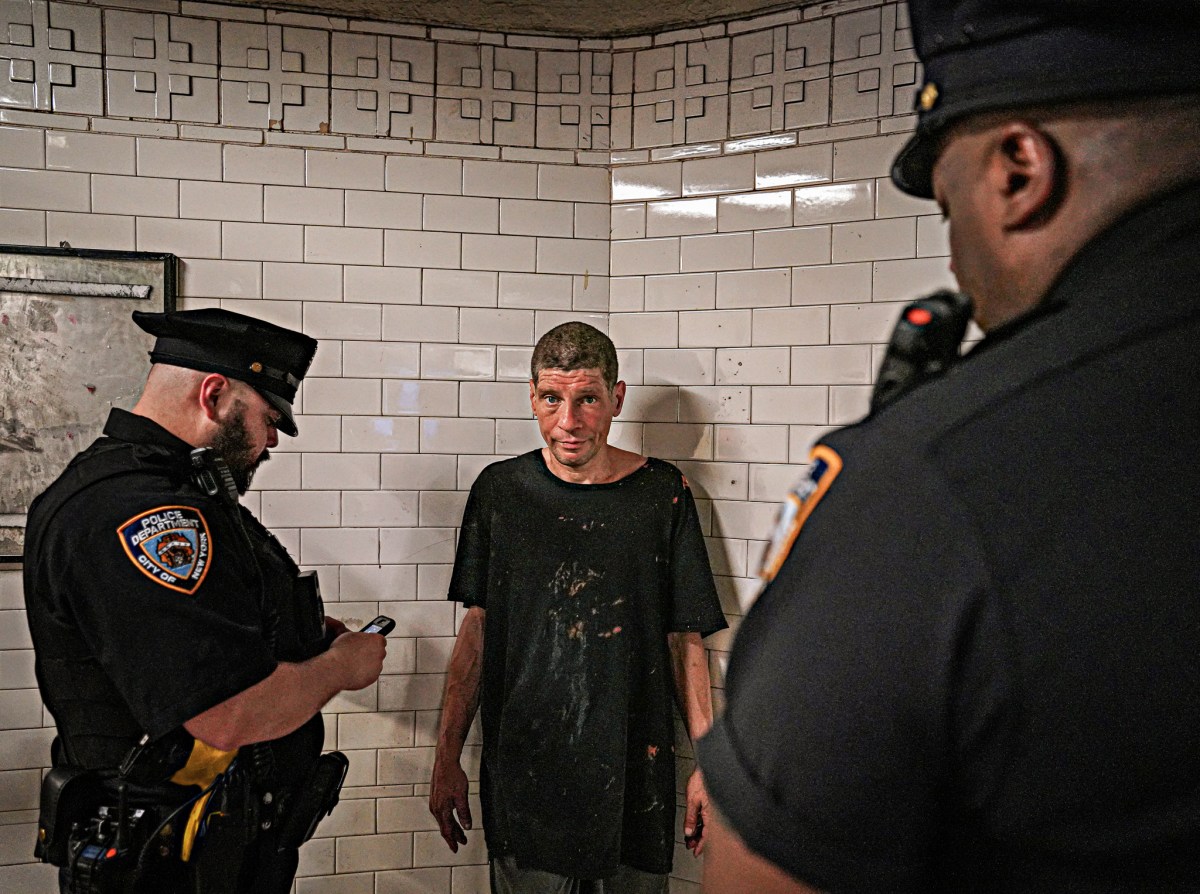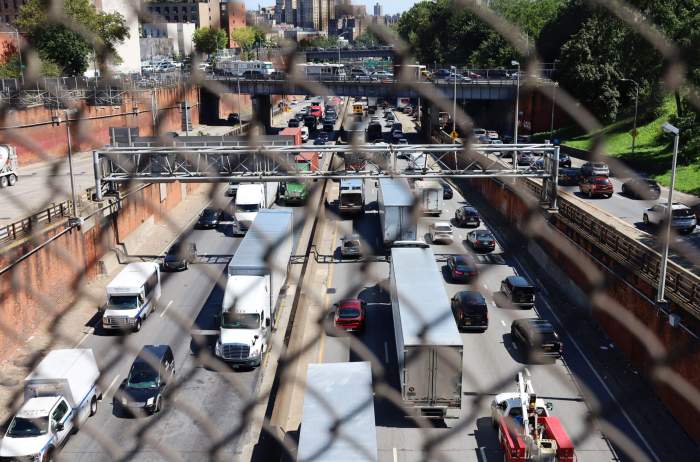Those who have found a photo of their car and a $50 ticket greeting them in the mail may be not be thrilled to hear about a bill that would allow NYC school-zone speed cameras to operate 24/7. But safe streets advocates point to horrendous accidents as reason enough to crack down on reckless drivers.
In New York City, speed cameras are only allowed in designated school zones, which encapsulate a quarter-mile radius of school buildings. The current law — an expansion of a school-zone camera program implemented in 2013 and expanded in 2019 — is set to expire in 2022. But some state lawmakers are looking to extend it to 2025, and make the program even more robust.
Currently, the cameras only capture vehicles going 10 mph over the speed limit from 6 a.m. to 10 p.m., Monday through Friday. The violations carry $50 fees and drivers could collect them like coins and wouldn’t have a mark on their record.
But that may soon change, and The New York City Department of Transportation (DOT) is a proponent of further enhancements to the law.
“There must be consequences for dangerous drivers, no matter what time of the week they break the law,” DOT Commissioner Hank Gutman said in an Aug. 30 statement, supporting 24/7 capabilities for the cameras. “Speed cameras are an efficient, equitable way to reduce speeding, and we must do everything in our power to stop violence on our streets before it happens.”
Gutman’s remarks followed a tragic weekend, when two high-speed fatal crashes took place in school zones overnight, when city DOT couldn’t legally operate the cameras during the accidents. One crash occurred 8:45 p.m. on Saturday, Aug. 28, along Fordham Road, and the other was at 4 a.m. on Sunday, Aug. 29, in Bed-Stuy.
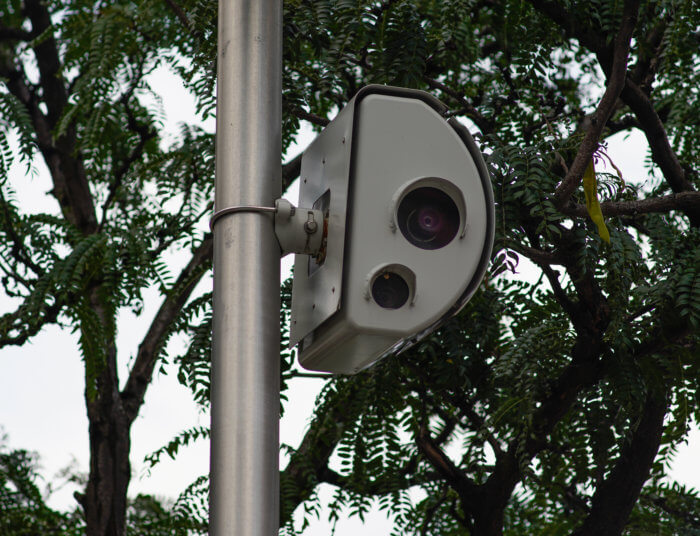
Just over a week later, on Sept. 7, another fatal accident took place in the Bronx, at the intersection of Johnson Avenue and Kappock Street, killing a well-known activist and writer from Riverdale, Ruth Mullen. Mullen was struck by an MTA bus.
That intersection was outside of a school zone — where speed cameras are not permitted — but the incident adds to the rising list of life-threatening traffic incidents. As of Sept. 5, there have been 176 traffic fatalities in the city over the past two years, a nearly 25% increase from a year ago. In 2020, one-third of fatal crashes in New York City happened in school speed zones during overnight and weekend hours, according to DOT data.
Two bills introduced in the state Legislature in March — both currently in committee — would amend the law to allow school-zone speed cameras to operate 24/7. State Assemblyman Jeffrey Dinowitz, a Democrat who represents District 81 in the Bronx and is a co-sponsor of the Assembly bill, told the Bronx Times he doesn’t see how anyone could object to the cameras being on all the time.
“The cameras are there,” Dinowitz said. “To me it doesn’t make sense for them to be off. We all should strive to be as careful as we can. I’m not perfect. Nobody’s perfect. But we should really make a strong effort to drive carefully, and within the speed limit, all the time. Once the clock strikes 10 at night, that shouldn’t be a signal for you to start speeding.”
Sponsored by state Sen. Andrew Gounardes, a Brooklyn Democrat, and state Assemblywoman Deborah Glick, a Manhattan Democrat, the bills create more of a record for repeat offenders. Glick initially introduced the 2013 legislation that established the city’s school zone cameras as a five-year demonstration program.
The commissioner of the state Department of Motor Vehicles would be required to maintain records of vehicles with five or more violations in two years and could send the information to the vehicle’s insurance carrier. Six or more violations within two years would result in a 90-day registration suspension.
The fines would also increase.
The first two violations within two years would cost $50 per fine; the third violation would be for $100; the fourth would cost $200; the fifth offense would have a price-tag of $300; and the sixth and any subsequent violations would trigger $500 fines for each additional violation.
By law, the city can only have cameras in 750 school zones at once which the bill does not change. But there can be multiple cameras in each zone, according to DOT.
As of fall 2020, there are 1,876 schools across the five boroughs within the city Department of Education jurisdiction. The Bronx has 226 cameras across 101 school zones with the surveillance.
While Dinowitz believes the cameras should also be allowed outside of school zones, an expansion of that extent would be a “tougher sell,” he said. Those opposed to speed cameras often argue the devices are about generating revenue. But by focusing on schools, the cameras are about keeping children safe.
Most dense areas of the city are in school zones anyway, Dinowitz said.
According to DOT, the difference of just 5 additional mph — 25-30 mph — makes a pedestrian twice as likely to be killed when struck by a vehicle.
In the Bronx, there were 1,772 collisions in August, and out of 634 that caused injuries or deaths, 116 involved vehicles with an unsafe speed. In August, 22 people were killed in NYC collisions, with four of those fatalities occurring in the Bronx, including three motorists and one pedestrian.
Aliya Schneider is a contributor for the Bronx Times. For more coverage, follow us on Twitter @bronxtimes and Facebook @bronxtimes.

